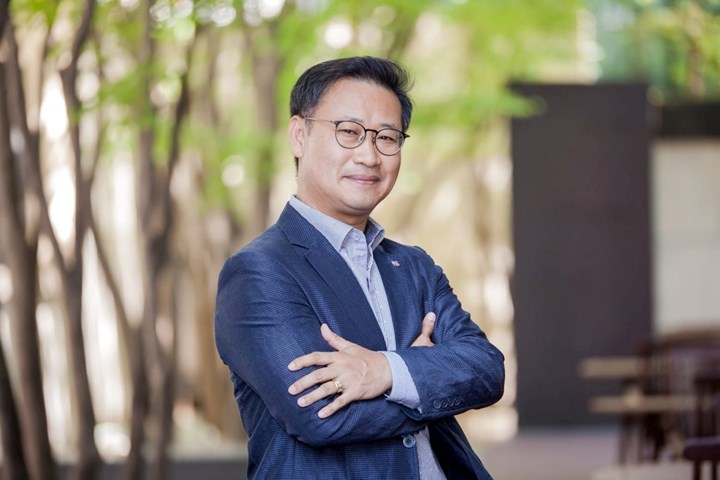CJ Biomaterials Names Harry Jang as New CEO
Jang is a 29-year veteran of CJ CheilJedang, holding positions of leadership in countries around the world.

CJ Biomaterials, a division of South Korea-based CJ CheilJedang and a primary producer of PHA (polyhydroxyalkanoate) bioplastics, has named Harry Jang as its new CEO. As the head of CJ Biomaterials, Jang will oversee the company’s strategic direction, drive innovation in sustainable materials and spearhead efforts to expand market presence and partnerships in the global bioplastics industry.
Jang joined CJ CheilJedang in 1995 and has taken over roles of increasing responsibility at CJ businesses around the world, working in Korea, Brazil, Vietnam, Germany and, most recently, the United States. From 2020 to February 2024, he served as the CEO of CJ Bio America, leading global sales and operations for the amino acid portfolio. During his tenure, Jang helped CJ Bio America to grow its business, including an expansion of operations at its Ft. Dodge, Iowa, production facility.
Says Jang, "Having had the opportunity to work across diverse markets worldwide, I understand the complexities and opportunities inherent in global business, and I am excited to leverage my international insights to continue to elevate CJ Biomaterials. CJ Biomaterials has a talented team and together we will navigate global markets with agility, innovation and a commitment to sustainability to drive positive change in the bioplastics industry."
Related Content
-
Best Practices for Purging PHA and PHA/PLA Blends
Because bioplastics are processed at lower temperatures, purging between jobs requires a different process and purging agents than those applied for traditional resins.
-
Blend Amorphous PHA with PLA to Improve injection Molded Part Properties
Adding aPHA to PLA can boost a range of mechanical properties and expedite composting. Here are the details as well as processing guidelines for injection molding the blends.
-
How to Optimize Your Molds and Hot Runners for Processing Bioresins
Demand for bioresins is growing in molded goods, particularly as a sustainability play to replace fossil-fuel based materials, but these materials are not a drop-in replacement for traditional materials. Molds and hot runners need to be optimized for these materials.












